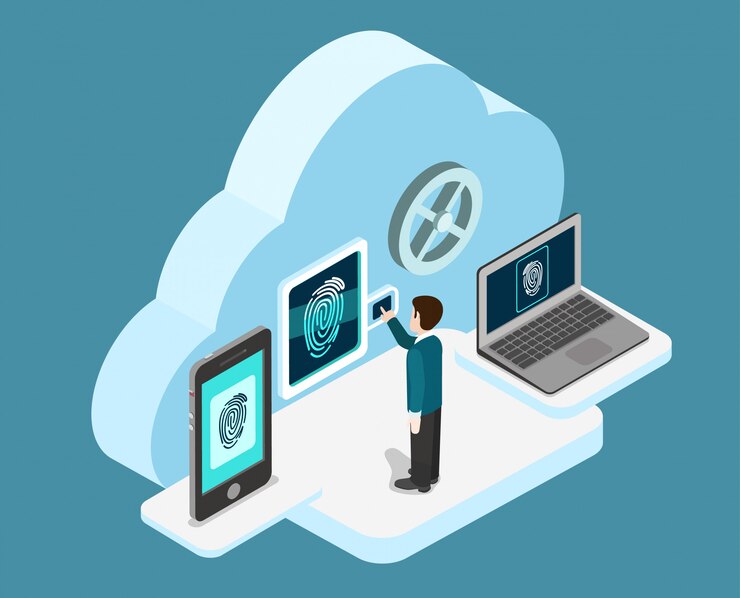Secure Video Streaming Server: The Ultimate Guide to Safe and Reliable Video Broadcasting

Strong 8k brings an ultra-HD IPTV experience to your living room and your pocket.
Introduction
With the rise of online video content, security has become a top priority for businesses and content creators. A secure video streaming server ensures that your videos remain protected from piracy, unauthorized access, and cyber threats. In this comprehensive guide, we will explore the importance of secure video streaming, the key features of a secure server, and how to set up your own protected streaming platform.
What is a Secure Video Streaming Server?
A secure video streaming server is a dedicated platform that allows content creators, businesses, and broadcasters to deliver videos safely over the internet. Unlike standard streaming servers, secure servers implement encryption, authentication, and access control mechanisms to prevent unauthorized use and piracy.
Key Features of a Secure Video Streaming Server
Encryption: Protects video content during transmission using secure protocols like HTTPS, SSL, and AES encryption.
Access Control: Ensures that only authorized users can view the content through password protection, token-based authentication, and DRM (Digital Rights Management).
Geo-Blocking & IP Restrictions: Limits content access to specific geographical locations or IP addresses.
Watermarking: Embeds unique, non-intrusive identifiers to track unauthorized sharing or leaks.
Secure CDN Integration: Distributes video content efficiently while maintaining security and preventing unauthorized downloads.
Why Do You Need a Secure Video Streaming Server?
1. Protect Against Piracy and Unauthorized Access
Video piracy is a significant concern for businesses offering premium content. A secure video streaming server prevents unauthorized downloads and content redistribution.
2. Ensure Compliance with Licensing and Legal Regulations
For industries like entertainment, education, and corporate communications, maintaining compliance with legal requirements is essential. Security measures help prevent legal liabilities related to content misuse.
3. Enhance User Privacy and Data Protection
Streaming platforms collect user data, including login credentials and viewing history. A secure server ensures this data remains confidential and protected from cyber threats.
4. Improve Monetization Opportunities
Secure video streaming enables businesses to implement pay-per-view, subscription models, and digital rights management (DRM) to maximize revenue without the risk of content theft.
Setting Up a Secure Video Streaming Server
Step 1: Choose a Reliable Hosting Provider
Opt for a hosting provider that specializes in video streaming and offers built-in security features like firewalls, DDoS protection, and SSL encryption.
Step 2: Implement SSL/TLS Encryption
Ensure that your streaming server uses HTTPS with TLS/SSL encryption to protect data in transit and prevent man-in-the-middle attacks.
Step 3: Use a Secure Video Player
Choose a video player that supports encrypted streaming protocols such as HLS with AES encryption and DASH with DRM.
Step 4: Enable User Authentication
Implement token-based authentication to allow only authorized users to access the content.
Use Single Sign-On (SSO) for enterprise streaming solutions.
Apply multi-factor authentication (MFA) for additional security layers.
Step 5: Deploy Digital Rights Management (DRM)
DRM solutions, such as Widevine, PlayReady, and FairPlay, help control content distribution and prevent unauthorized sharing.
Step 6: Configure a Secure Content Delivery Network (CDN)
A secure CDN optimizes video delivery while preventing bandwidth theft and unauthorized access. Leading CDNs like Cloudflare, Akamai, and AWS CloudFront offer built-in security features.
Step 7: Regular Security Audits and Updates
Regularly monitor your streaming server for vulnerabilities, update software, and apply security patches to prevent breaches.
Top Secure Video Streaming Platforms
If setting up your own server seems complex, you can opt for secure video streaming platforms that offer built-in security features.
2. Muvi OTT
Advanced DRM protection
Watermarking & anti-piracy tools
Multi-device streaming security
1. Vimeo OTT
End-to-end encryption
Geo-blocking & DRM support
Secure payment integrations
3. Brightcove
Enterprise-grade security
Secure token authentication
Geo-fencing & domain restrictions
4. Wowza Streaming Engine
On-premise & cloud-based solutions
Token authentication & SSL encryption
Scalable security for high-traffic streams
Secure Video Streaming Server vs. Traditional Live Streaming Platforms
Feature
Secure Video Streaming Server
Traditional Live Streaming Platform
Encryption
Strong AES-256 & SSL
Limited or basic security
Access Control
Token authentication & DRM
Password-based or open access
Piracy Protection
Watermarking & geo-restrictions
Minimal protection against piracy
Compliance
Legal and licensing adherence
Not always compliant
Monetization
Secure paywall integration
Limited monetization security
Best Practices for Secure Live Streaming
Use a live streaming platform that offers enterprise-grade security.
Restrict access with login credentials, IP restrictions, and paywalls.
Monitor for security threats using real-time analytics.
Regularly update security patches to prevent vulnerabilities.
Conclusion
A secure video streaming server is essential for protecting content from unauthorized access, piracy, and cyber threats. Whether you’re a business offering premium video content, an educator delivering online classes, or a corporate entity streaming internal meetings, investing in security measures ensures safe and uninterrupted streaming.
By implementing strong encryption, authentication, and access control, you can safeguard your content while maximizing its reach and revenue potential.
Frequently Asked Questions (FAQs)
Q1: What is the best way to secure a video streaming server?
A: Implement SSL encryption, token authentication, DRM, and use a secure CDN to protect video content.
Q2: How does DRM prevent video piracy?
A: DRM encrypts video files and restricts playback to authorized users, preventing unauthorized copying and distribution.
Q3: Can I set up a secure video streaming server on my own?
A: Yes, but it requires technical expertise in hosting, encryption, and access control. Alternatively, you can use secure streaming platforms.
Q4: Which is better for security – self-hosted servers or third-party platforms?
A: Self-hosted servers offer more control, while third-party platforms provide built-in security features and scalability.
Q5: How do live streaming platforms ensure security?
A: They use encryption, DRM, user authentication, and geo-blocking to prevent unauthorized access.
By following the best practices outlined in this guide, you can create a secure and reliable video streaming experience for your audience!
Note: IndiBlogHub features both user-submitted and editorial content. We do not verify third-party contributions. Read our Disclaimer and Privacy Policyfor details.


